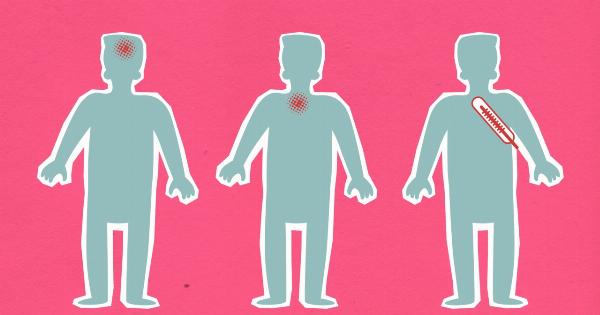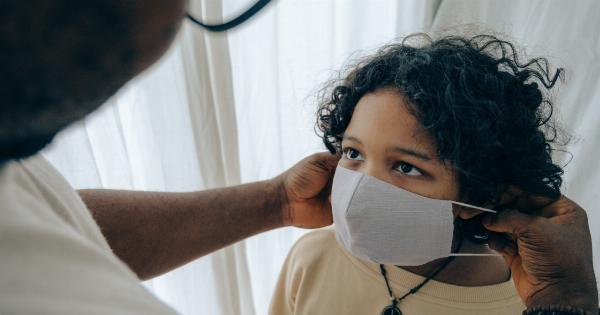Group A streptococcal pharyngitis, also known as strep throat, is a common bacterial infection that affects the throat and tonsils. The infection is caused by a bacterium known as Streptococcus pyogenes.
Causes
Group A streptococcal pharyngitis is highly contagious and can easily be transmitted through contact with an infected person’s respiratory secretions.
This can occur through airborne droplets from coughing or sneezing, or by sharing food or drinks with an infected person. The bacteria can also be spread through contact with contaminated surfaces or objects.
The incubation period for group A streptococcal pharyngitis is typically 2-5 days after exposure, with symptoms appearing after this period.
Symptoms
The symptoms of group A streptococcal pharyngitis are similar to those of many other common respiratory illnesses and can include:.
- Sore throat
- Fever
- Headaches
- Difficulty swallowing
- Red and swollen tonsils
- White patches on the tonsils
- Tender or swollen lymph nodes in the neck
In some cases, individuals with group A streptococcal pharyngitis may also develop a rash or experience vomiting and abdominal pain.
Diagnosis
Diagnosing group A streptococcal pharyngitis requires a physical examination and often a laboratory test. During the examination, the doctor will evaluate the patient’s symptoms and look for any signs of infection in the throat.
A sample of the patient’s throat secretions may also be collected and sent to a laboratory for testing. This test, known as a throat culture, can confirm the presence of the streptococcus bacteria.
In some cases, a rapid antigen detection test may be used to diagnose group A streptococcal pharyngitis. This test involves taking a swab of the throat and using a chemical to quickly identify the presence of the bacteria.
This test is less accurate than a throat culture, but can provide results within minutes.
Treatment
Group A streptococcal pharyngitis is typically treated with antibiotics to kill the bacteria and prevent the spread of infection. Commonly prescribed antibiotics include penicillin, amoxicillin, and erythromycin.
Patients are typically instructed to finish the entire course of antibiotics, even if symptoms improve before completing treatment.
In addition to antibiotics, over-the-counter pain relievers may be recommended to relieve symptoms of sore throat and fever. Patients are also advised to rest, drink plenty of fluids, and use a humidifier to help soothe the throat.
Prevention
The best way to prevent group A streptococcal pharyngitis is to practice good hygiene habits.
This includes regularly washing hands with soap and water, avoiding close contact with infected individuals, and covering the mouth and nose when coughing or sneezing.
In addition, patients with group A streptococcal pharyngitis should avoid close contact with others and stay home from work or school until they have completed a full course of antibiotics and are no longer contagious.
Complications
If left untreated, group A streptococcal pharyngitis can lead to serious complications, including:.
- Scarlet fever
- Rheumatic fever
- Kidney inflammation (post-streptococcal glomerulonephritis)
- Ear infections
- Mastoiditis
These complications can be life-threatening and require immediate medical attention.
Conclusion
Group A streptococcal pharyngitis is a common bacterial infection that affects the throat and tonsils. The infection is highly contagious and can easily be transmitted through contact with an infected person’s respiratory secretions.
Symptoms include sore throat, fever, and difficulty swallowing. Treatment typically involves antibiotics and over-the-counter pain relievers, as well as rest and hydration. Good hygiene habits are the best way to prevent the spread of infection.



























